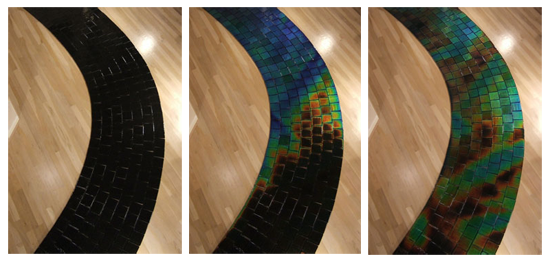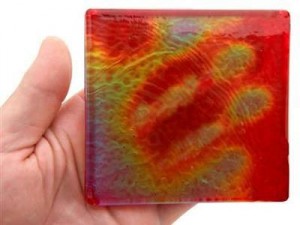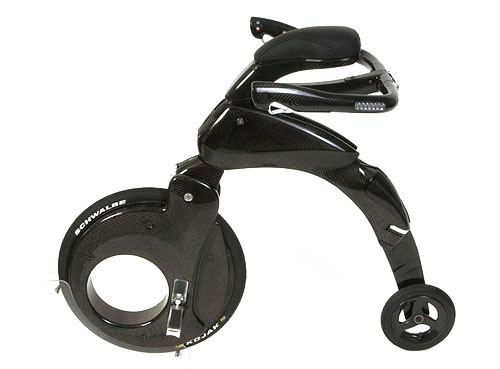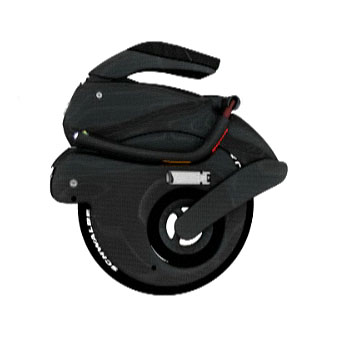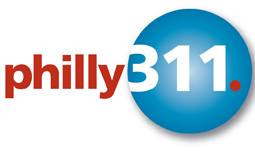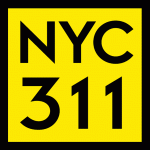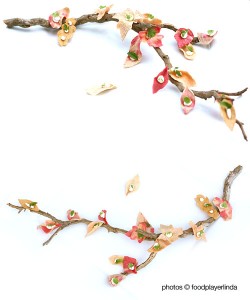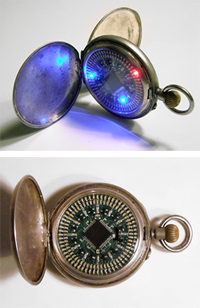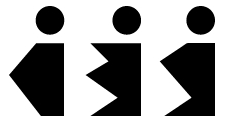
It’s widely recognized that Scandinavians have got something going when it comes to industrial design. (Most commonly known example: Ikea)
Three top Danish design firms have recently merged, forming KiBiSi, whose logo itself is a statement in functional modernism.
One of their first collaborations is the wonderfully happy EXPO Chair.
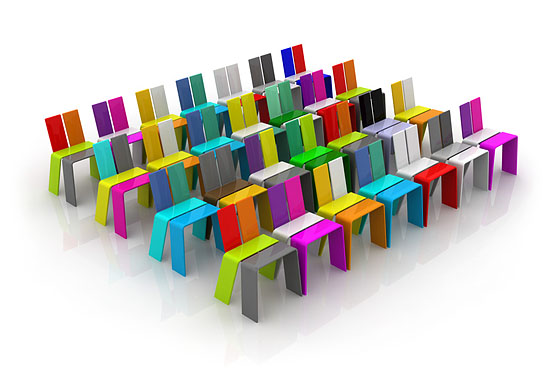 These are the chairs that will be placed in the Denmark Pavilion at the Shanghai Expo 2010.
These are the chairs that will be placed in the Denmark Pavilion at the Shanghai Expo 2010.
This year’s World Expo in Shanghai has the tagline Better City, Better Life and is “just like an arena and stage for countries and international organizations worldwide to show their originalities and wits.”
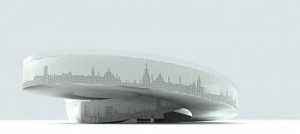 The Danish Pavilion will be a Möbius-strip-like perpetual loop through which visitors can ride one of the free provided bicycles and get a feel for Danish life. In the center is a swimming pool filled with fresh water from Copenhagen, and topped off by their national monument “Little Mermaid” statue (that of Hans Christian Anderson — and subsequently, Walt Disney — fame).
The Danish Pavilion will be a Möbius-strip-like perpetual loop through which visitors can ride one of the free provided bicycles and get a feel for Danish life. In the center is a swimming pool filled with fresh water from Copenhagen, and topped off by their national monument “Little Mermaid” statue (that of Hans Christian Anderson — and subsequently, Walt Disney — fame).
With the colorful EXPO Chairs lining the way, it’s bound to be a cheerful ride.
[Via Core77]
